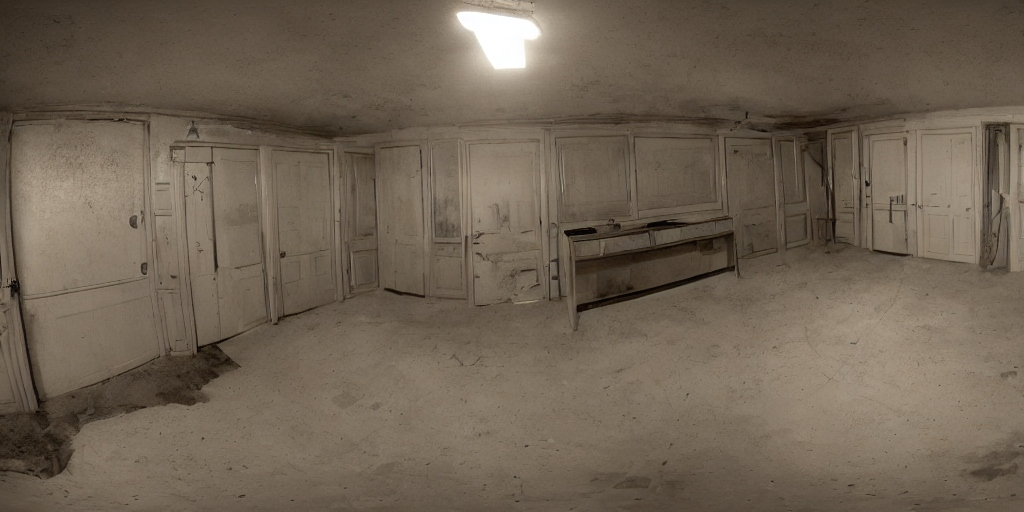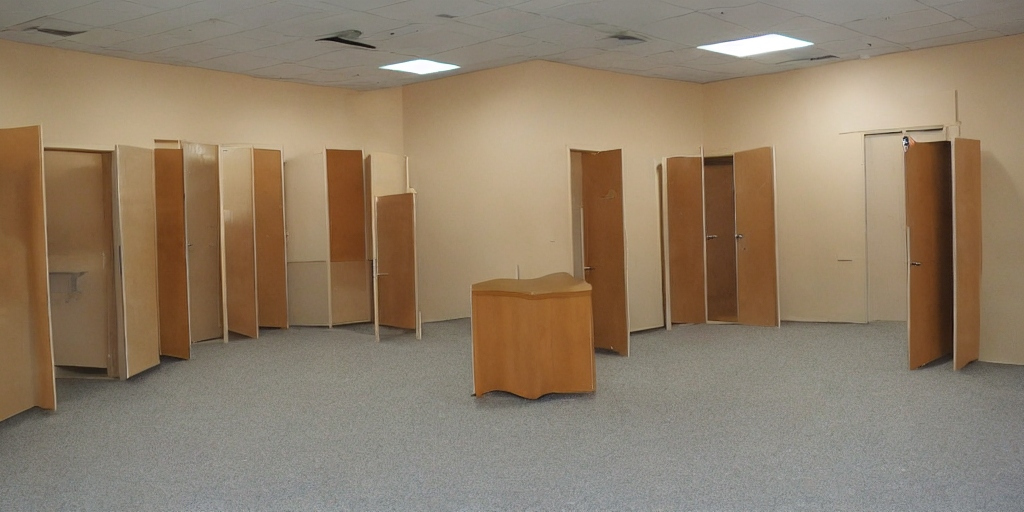The phenomenon of the Backrooms, a surreal and eerie concept born from internet lore, has captured the fascination of many curious individuals. These mysterious, seemingly endless spaces have garnered attention not only in online communities but also on platforms like Google Maps.
Backrooms Explained
The Backrooms originated as a creepypasta concept, describing the idea of accidentally entering a nonsensical, monotonous series of interconnected rooms that exist beyond reality. These spaces are characterized by their yellow, discolored walls, fluorescent lighting, and absence of any human presence. While originally a fictional concept, the allure of the Backrooms has led to widespread discussion and exploration.
Also Read: Understanding AC Repair in North Phoenix: Key Considerations and Cost Factors
Google Maps Overview
In contrast, Google Maps is a widely used web mapping service developed by Google. Initially launched in 2005, Google Maps provides satellite imagery, street maps, panoramic views, and route planning for users worldwide. Its primary purpose is to assist users in navigation and location-based services.
Backrooms on Google Maps
In recent years, users have reported discovering locations resembling the Backrooms on Google Maps. These entries often depict seemingly mundane spaces, such as office buildings, schools, or shopping centers, transformed into surreal environments reminiscent of the Backrooms. While some argue that these are glitches or digital artifacts, others believe they may be deliberate hoaxes or artistic creations.
Risks and Dangers
Exploring the Backrooms, whether in fictional form or on platforms like Google Maps, poses various risks and dangers. The psychological impact of navigating these unsettling spaces can be profound, leading to feelings of disorientation, anxiety, or even existential dread. Additionally, there are practical safety concerns, such as the risk of encountering hazardous conditions or trespassing on private property.
Community Response
Despite the risks, there exists a vibrant online community dedicated to Backrooms exploration. Platforms like Reddit host forums where users share their experiences, exchange tips for navigation, and speculate on the nature of these enigmatic spaces. Some even organize virtual expeditions to discover new Backrooms locations.
Also Read: Dallas 18-Wheeler Accident Law Firm: Seeking Justice and Compensation
Google’s Response
Google has taken measures to address the presence of Backrooms locations on its platform, but moderation remains a challenge. While automated algorithms can detect and remove certain types of inappropriate content, the subjective nature of Backrooms imagery complicates the process. Google relies on user reports and manual review to identify and remove offending entries.
Legal Implications
From a legal standpoint, exploring Backrooms locations on Google Maps raises questions of trespassing and legality. While virtual exploration may seem harmless, accessing private property without permission, even digitally, can have legal consequences. Platform providers like Google also face scrutiny regarding their responsibility for hosting potentially misleading or harmful content.
Ethical Considerations
Ethical considerations surrounding Backrooms exploration center on respect for privacy and property rights. While the Backrooms may exist as digital constructs, they often depict real-world locations, raising questions about consent and representation. Explorers must consider the implications of their actions and ensure they do not infringe upon the rights of others.
Cultural Impact
The concept of the Backrooms has permeated popular culture, inspiring works of art, literature, and gaming. From indie video games to experimental films, creators have drawn upon the surreal aesthetic of the Backrooms to evoke feelings of unease and fascination. This cultural impact highlights the enduring allure of these virtual spaces.
Safety Guidelines
For those inclined to explore the Backrooms, whether digitally or conceptually, safety should always be a priority. It’s essential to approach exploration with caution, prepare adequately for potential hazards, and respect any posted rules or restrictions. By prioritizing safety, adventurers can mitigate risks and enjoy their exploration responsibly.

Educational Opportunities
Beyond entertainment, Backrooms exploration offers educational opportunities for those interested in virtual spaces and digital environments. Researchers and scholars can study the phenomenon of the Backrooms to better understand human perception, virtual reality, and the psychology of spatial navigation. These spaces serve as intriguing case studies for various academic disciplines.
Alternative Platforms
While Google Maps may be the most well-known platform for virtual exploration, alternative platforms also exist. From niche websites dedicated to urban exploration to virtual reality environments like Second Life, there are numerous avenues for discovering and experiencing surreal spaces. Each platform offers its unique features and communities for users to engage with.
Future Trends
Looking ahead, the future of Backrooms exploration is ripe with possibilities. As technology continues to advance, we can expect new tools and platforms to emerge, providing even more immersive and interactive experiences. Whether through augmented reality, virtual reality, or other innovations, the allure of the Backrooms is likely to endure, captivating adventurers for years to come.
Conclusion
The phenomenon of the Backrooms on Google Maps offers a fascinating intersection of internet culture, virtual exploration, and real-world implications. While the concept may have originated as a work of fiction, its impact on popular culture and digital spaces is undeniable. As users navigate these surreal environments, it’s essential to consider the ethical, legal, and safety implications of Backrooms exploration.
FAQs (Frequently Asked Questions)
- Are the Backrooms real places?
- The Backrooms originated as a fictional concept but have since been depicted in various forms across the internet, including on platforms like Google Maps.
- Can I explore the Backrooms on Google Maps?
- While some locations resembling the Backrooms may appear on Google Maps, they are typically digital creations or hoaxes rather than real-world spaces.
- Is it safe to explore the Backrooms?
- Exploring the Backrooms, whether digitally or conceptually, carries inherent risks, including psychological discomfort and potential legal consequences. It’s essential to approach exploration with caution and prioritize safety.
- What should I do if I encounter a Backrooms location on Google Maps?
- If you come across a location that resembles the Backrooms on Google Maps, you can report it to Google for review. However, be aware that not all such locations violate platform guidelines.
- Are there alternative platforms for virtual exploration?
- Yes, besides Google Maps, there are alternative platforms and websites dedicated to virtual exploration and urban discovery. These platforms offer diverse experiences for users interested in surreal or unconventional spaces.




